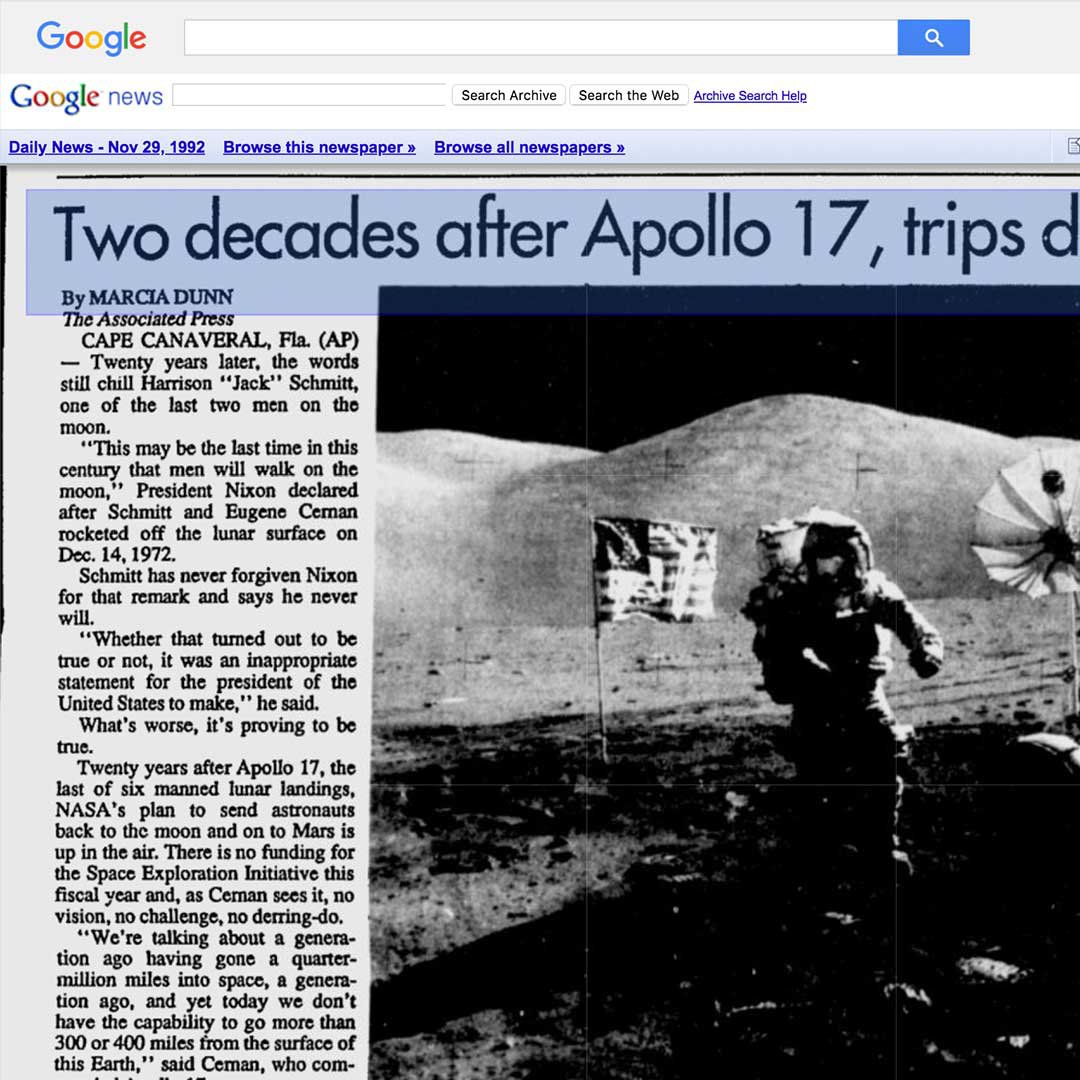The Ultimate Guide To News Articles
News Articles - An Overview
Table of ContentsThe Basic Principles Of News Articles What Does News Articles Mean?The smart Trick of News Articles That Nobody is Discussing10 Easy Facts About News Articles ShownNews Articles Fundamentals Explained
Great expertise of various subjects gives trainees an affordable side over their peers. Despite the fact that electronic and social media sites are conveniently accessible, we should not neglect just how vital it is to read the papers. Moms and dads should try and instill the practice of reviewing a newspaper as a day-to-day routine to proceed the heritage of the adored print tool.News tales likewise consist of at the very least one of the complying with important characteristics family member to the designated target market: distance, importance, timeliness, human passion, quirk, or consequence.
Within these restrictions, news tales additionally aim to be thorough. Among the larger and much more revered newspapers, justness and balance is a significant variable in providing details.
Papers with a worldwide audience, for instance, tend to make use of a much more formal style of composing. News Articles.; typical design guides consist of the and the US News Design Publication.
Excitement About News Articles
Generally, journalists will certainly not make use of a lengthy word when a short one will do. They make use of subject-verb-object building and construction and vivid, active prose (see Grammar). They provide narratives, instances and allegories, and they seldom rely on generalizations or abstract concepts. News writers try to stay clear of using the same word a lot more than as soon as in a paragraph (in some cases called an "resemble" or "word mirror").
Headlines occasionally omit the topic (e.g., "Leaps From Watercraft, Catches in Wheel") or verb (e.g., "Feline lady fortunate"). A subhead (additionally subhed, sub-headline, subheading, caption, deck or dek) can be either a secondary title under the major heading, or the heading of a subsection of the short article. It is a heading that comes before the primary text, or a group of paragraphs of the major message.

of a post subject, informant, or interviewee), it is described as a drawn quotation or pull quote. Added billboards of any of these types might show up later in the post (particularly on subsequent web pages) to tempt additional reading. Journalistic internet sites sometimes use computer animation methods to swap one signboard for check my reference an additional (e.g.
How News Articles can Save You Time, Stress, and Money.
Such billboards are likewise made use of as pointers to the short article in various other sections of the publication or website, or as advertisements for the piece in various other magazine or sites. Press launch of the Swiss federal government. Regular framework with title, lead paragraph (recap in strong), other paragraphs (information) and call info.

Example of a hard-lead paragraph NASA is recommending an additional area task. The agency's spending plan request, revealed today, included a plan to send out an additional mission to the Moon. This time around the agency intends to establish a long-term center as a jumping-off factor for other area journeys. The spending plan demands around $10 billion for the task.
An "off-lead" is the 2nd most important front page information of the day. To "bury the lead" is to start the write-up with background details or information of second relevance to the viewers, requiring them to read even more deeply into a post than they need to have to in order to uncover the essential factors.
The 7-Second Trick For News Articles
Usual use is that one or 2 sentences each form their own paragraph. Reporters generally describe the organization or structure of an information story as an inverted pyramid. The necessary and most fascinating components of a story are put at the start, with sustaining info following in order of reducing importance.
It permits people to discover a topic to only the depth that their curiosity takes them, and without the charge of details or nuances that they might take into consideration unimportant, yet still making that info available to a lot more interested readers. The upside down pyramid framework also allows posts to be cut to any kind of arbitrary length during design, to fit in the area offered.
Some authors start their stories with the "1-2-3 lead", yet there are many sort of lead available. This layout usually starts with a "Five Ws" opening paragraph (as described over), adhered to by an indirect quote that offers to sustain a major element of the initial company website paragraph, and after that a direct quote to support the indirect quote. [] A twist can refer to numerous things: The last story in the information broadcast; a "pleased" story to end the program.
Longer posts, such as publication cover posts and the items that lead the inside sections of a newspaper, are referred to as. Attribute tales vary from straight news in several ways. Foremost is the lack of a straight-news lead, most of the moment. Rather than supplying the significance of a story in advance, attribute authors may attempt important source to draw visitors in.
The Of News Articles
The journalist usually information interactions with interview subjects, making the piece extra individual. A feature's first paragraphs commonly relate an interesting minute or occasion, as in an "unscientific lead". From the details of a person or episode, its view promptly broadens to generalities regarding the tale's subject. The area that signifies what a function is about is called the or billboard.

The Editor's Tool kit: A Reference Guide for Beginners and Professionals (2001) Allan M. Siegal and William G. Connolly. The New York Times Guidebook of Style and Usage: The Authorities Style Guide Made Use Of by the Writers and Editors of the Globe's A lot of Authoritative Paper (2002) M. L. Stein, Susan Paterno, and R.